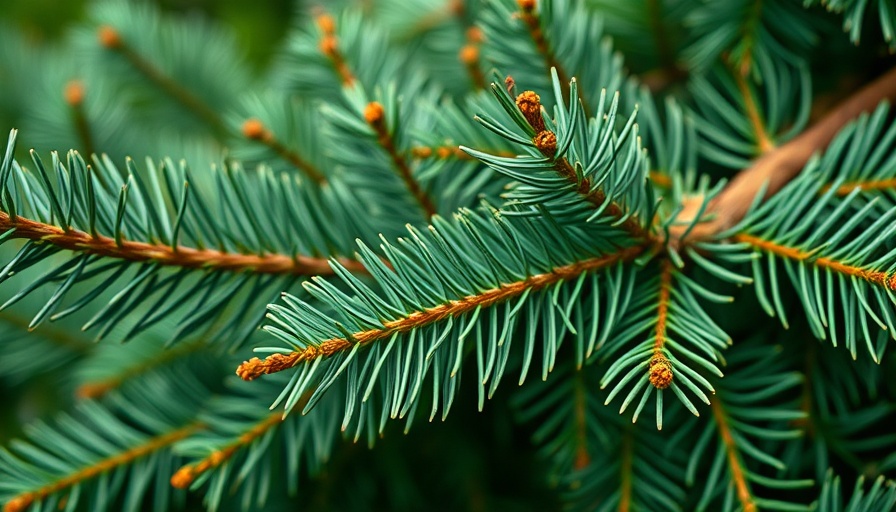
The Alluring Colorado Blue Spruce: A Plant Lover's Delight
The Colorado blue spruce (Picea pungens) is more than just a tree—it's an iconic presence in gardens and landscapes across North America. With its stunning silvery-blue needles, this evergreen captures the heart of any plant enthusiast. The unique color of this spruce comes from a waxy coating on its needles, which not only enhances its aesthetic appeal but also protects the plant in various weather conditions. Whether planted in a backyard garden or used as a centerpiece in landscaping designs, the Colorado blue spruce stands out for its beauty and resilience.
Origin and Adaptability: Thriving in Various Climates
Originating from western North America, including states like Colorado, Utah, and Wyoming, the Colorado blue spruce is well-adapted to a range of environments. This tree is notably drought-tolerant and can thrive in both dry and moist conditions, making it a remarkably versatile choice for gardeners. Its adaptability means it can flourish in diverse soils and climates, offering opportunities for various landscaping ideas. Gardeners looking to incorporate this tree into their designs can be assured of its low-maintenance nature.
Growing Your Colorado Blue Spruce: Essential Tips
For those interested in adding a Colorado blue spruce to their garden, it's essential to understand the basics of its care and maintenance. Here are a few key gardening tips:
- Planting Location: Choose a spot that offers full sun with room for its branches to spread. This tree can grow significantly tall and wide, making it ideal for backyards and open spaces.
- Soil Requirements: While it does well in various soil types, ensuring good drainage is vital to prevent root rot.
- Watering: During the early stages after planting, ensure adequate watering, especially in dry spells. Once established, it will require less frequent watering due to its drought resistance.
- Pruning: Regular pruning can help maintain shape and remove any dead or diseased branches, promoting a healthy tree.
Understanding Cultivars: Choosing the Right Type
The Colorado blue spruce offers several cultivars, each with unique characteristics suited to different landscaping ideas and preferences. Some popular options include:
- ‘Glauca’: This variant showcases an even brighter silver-blue color, making it a favorite among gardeners seeking a more vibrant appearance.
- ‘Fat Albert’: Known for its compact size and dense shape, this cultivar is perfect for smaller yards or as an ornamental focal point.
Pests and Diseases: Prevention is Key
Like any other garden plant, the Colorado blue spruce can be susceptible to pests and diseases. Common pests include aphids and spider mites, which can often be managed through proper maintenance practices and, if necessary, organic pest control. Ensuring healthy growth through correct watering and fertilization will also enhance the tree's defenses against diseases.
Designing with Colorado Blue Spruce: Inspiring Ideas
The Colorado blue spruce isn't just about its striking color; it also plays well with many other garden plants. Here are some landscaping ideas to consider:
- Mix with Perennials: Pairing it with colorful perennials can create beautiful contrasts and enhance the overall aesthetics of your garden.
- Garden Borders: Use smaller cultivars to define garden edges or pathways, providing structure and visual appeal.
- Create Wildlife Spaces: As a part of your garden layout, this tree can provide shelter for various wildlife, including birds and pollinators, contributing to a biodiverse environment.
In summary, the Colorado blue spruce is not just a stunning visual element; it's a robust and versatile tree that can adapt to many landscapes. Understanding its needs and how to integrate it into your garden design can greatly enhance your outdoor space.
 Add Row
Add Row  Add
Add 




Write A Comment